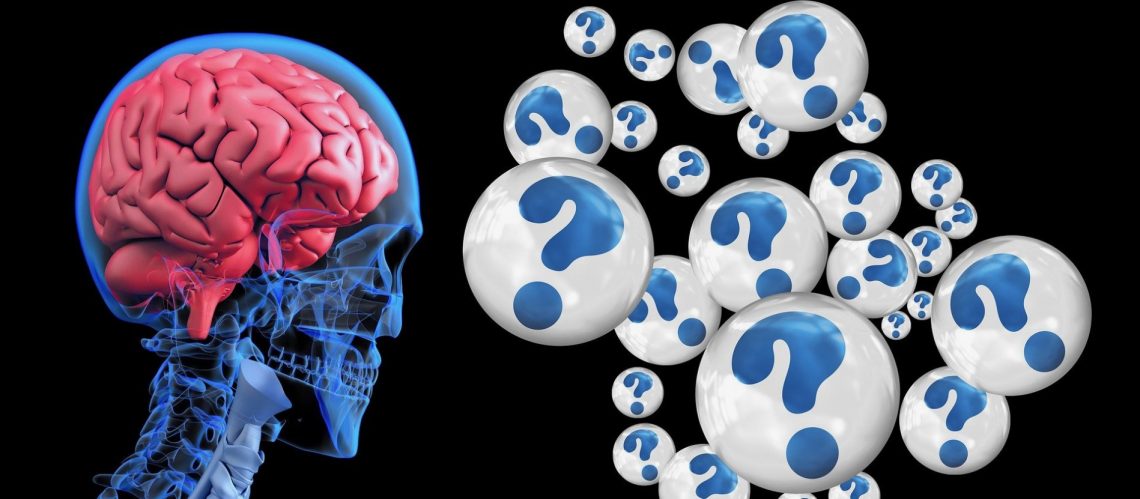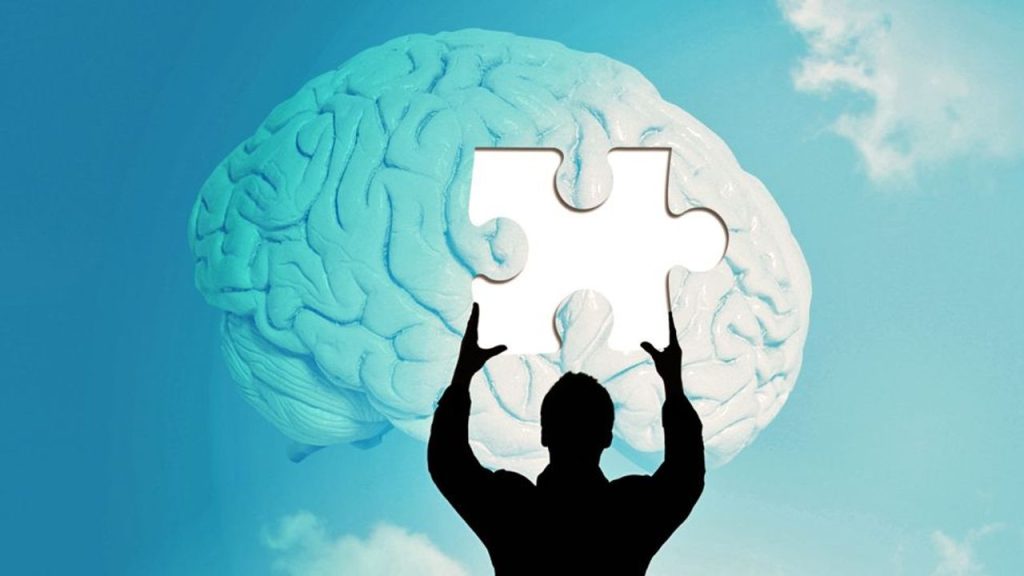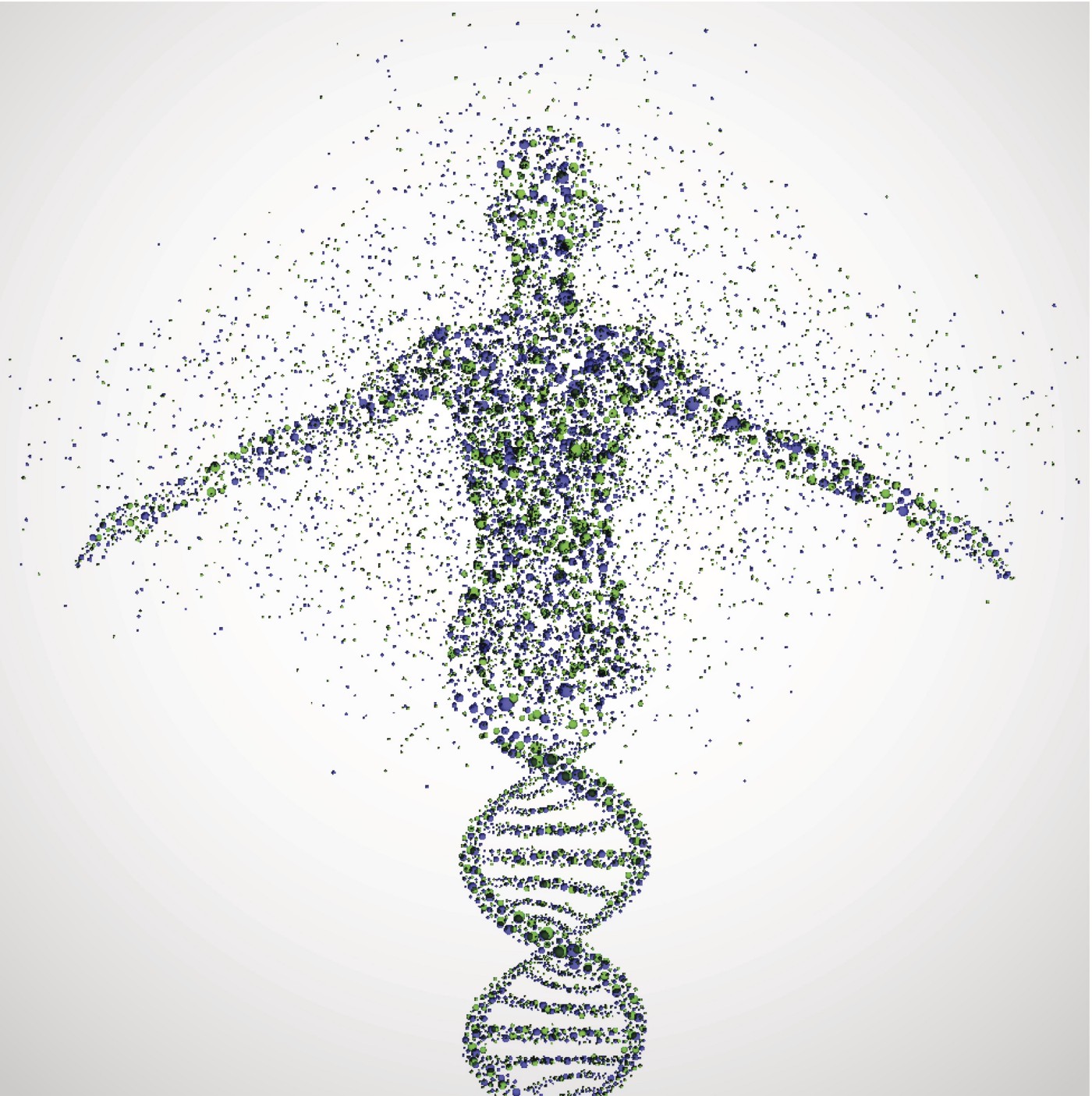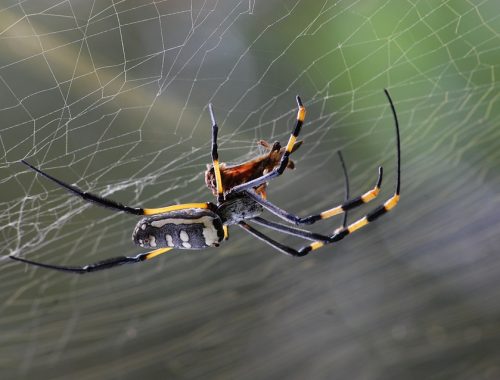
Fact Or Fiction: 8 Science Myths That Everybody Seems To Believe
Science is hard enough to understand, especially when there are so many myths floating around that people take for the gospel truth. You’ve probably heard more than half of the facts below. Here’s the real science behind them:
Myth: Water conducts electricity
While this is a science myth, it doesn’t mean you should bring your toaster in the bath with you. The reason you shouldn’t swim in a lightning storm doesn’t have to do with the water itself. Pure water is actually an insulator, which means it doesn’t conduct electricity. The danger comes from the minerals and chemicals in it, which are made up of electrically-charged ions. While pure water is theoretically safe around electricity, it’s nearly impossible to find in the real world because even distilled water has ions.
Myth: Blood is blue in your body
A widely shared myth is that blood is blue until it is exposed to air or replenishes its oxygen. Because veins are a greenish-blue, that theory sounds reasonable enough. But the fact is, human blood looks the same in your body as outside: red. That hue is brighter when it’s oxygen-rich, and darker when it needs that oxygen replenished, but it’s red all the same. The tissue covering your veins affects how the light is absorbed and scattered, which is why the blood circulating your body looks blue.
Myth: Dinosaurs were scaly beasts
The giant, scaly lizards you see in Jurassic Park probably don’t look that close to what actual dinosaurs looked like. While scientists are still debating what the oldest and biggest species were covered with, one thing is for sure: At least some had feathers. Velociraptor arm fossils have bumps that look just like the ones keeping modern birds’ wings in place, and the bones of a Siberian species discovered in 2014 were surrounded by imprints of feathers. While some scientists argue larger species like the Tyrannosaurus Rex didn’t need big feathers, others theorize that they had at least some form of light feathering, like how elephants are mammals but don’t have thick fur.

Myth: Humans only use 10 percent of their brains
The idea of unlocking hidden brain power might make a compelling storyline for a movie, but it simply doesn’t work that way in real life. One fact playing into the myth is that 90 percent of brain cells are “white matter” that helps neurons survive, and only ten percent is the “grey matter” of neurons in charge of thinking. But that white matter could never be used for brain power, so claiming 90% of our brain is wasted is like saying you waste peanuts when you throw out the shells. Any fMRI scan will show you that even saying a few words lights up way more than ten percent of your brain. Scientists haven’t uncovered any area of the brain (much less 90% of it!) that doesn’t affect thought, movement, or emotion in some capacity.
Myth: Chameleons change color to match their surroundings
Yes, chameleons can change color by stretching and relaxing cells that contain crystals, which affects how the light is reflected. They can’t change to any color to match their surroundings, though, and their color changes don’t have much to do with camouflage. Instead, chameleons use the crystals mainly for communication (dark colors signal aggression, like when a female doesn’t want to mate), but also for temperature control (lighter colors reflect the heat). The dull brown and green “resting colors” of chameleons blend in with their surroundings until they switch it up, so they’re actually more camouflaged before they change color.
Myth: It takes seven years to digest chewing gum
Don’t freak out if you can’t find a trashcan and need to swallow your gum. The truth is that your body can’t digest gum, not even in seven years. That doesn’t mean it sticks inside your system, though. It will pass through your digestive system without being broken down, then come out in the bathroom like anything else. If kids swallow too much, the gum could block their intestines, but that’s extremely rare.

Myth: Goldfish have three-second memories
Fish are smarter than you think. One study found the freshwater fish African Cichlid could remember the feeding zone of an aquarium after moving to a different tank for 12 days. Lest you think goldfish are any different, another study looked specifically at goldfish and whether they could tell the difference between two different classical songs. They weren’t quick learners, but after more than 100 sessions, the fish would bite a bead associated with the correct song 75% of the time. If their memories were really three seconds, that kind of training wouldn’t be possible.
Myth: A penny dropped from the Empire State Building could kill
The story goes that even an innocent penny dropped from the 1,250-foot-tall Empire State Building would build up enough speed on the way down to kill a bystander below. In reality, though, it wouldn’t do much damage—if any. First of all, air resistance called “drag force” would mean the penny would stop accelerating at some point, and reach its max speed about 50 feet from its drop point, according to Scientific American. By the time it reached the ground, it would be moving just 25 miles per hour. That might sting, but it wouldn’t be enough force to break your skull. The TV show MythBusters took the theory to an extreme and shot a penny at 3,000 feet per second, but even that wasn’t strong enough to break bones.
Do you know any other fake facts that people tend to blindly believe? Be sure to share them in the comments below.
You May Also Like

An Insight Into Poppers: Are they Safe to Use?
2022-05-18
The History and Impact of The Human Genome Project On Medicine
2022-07-15


